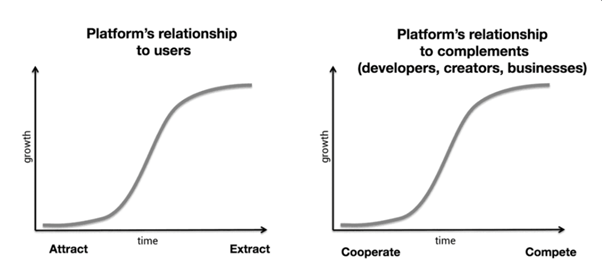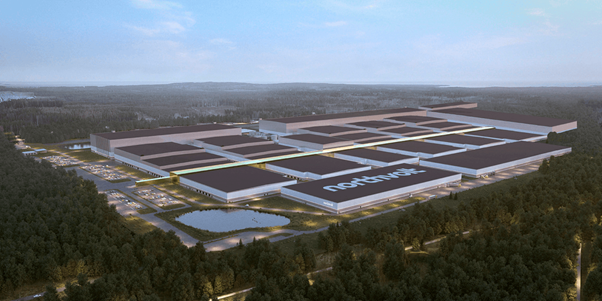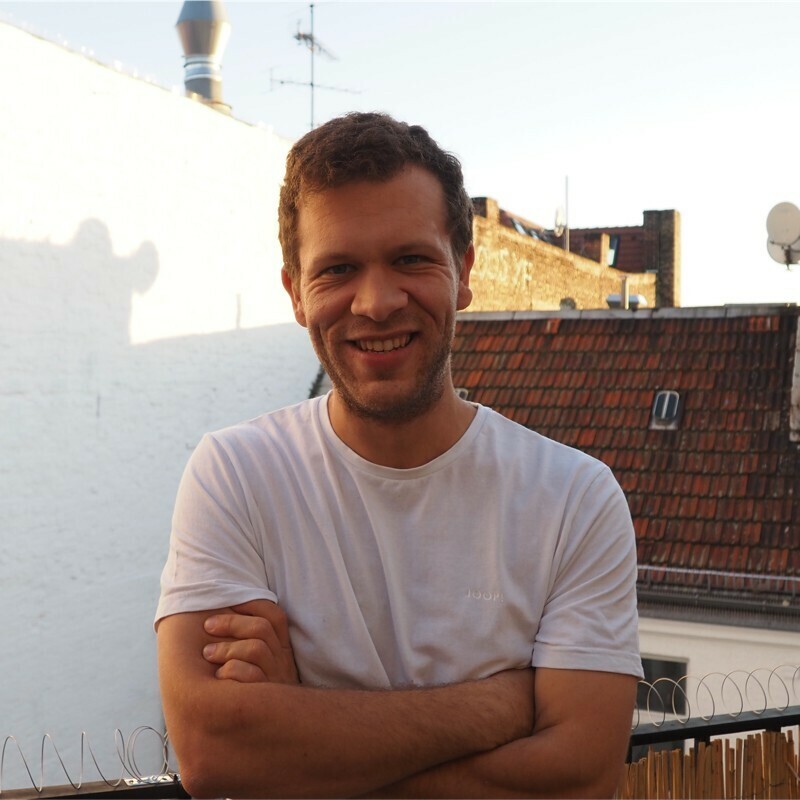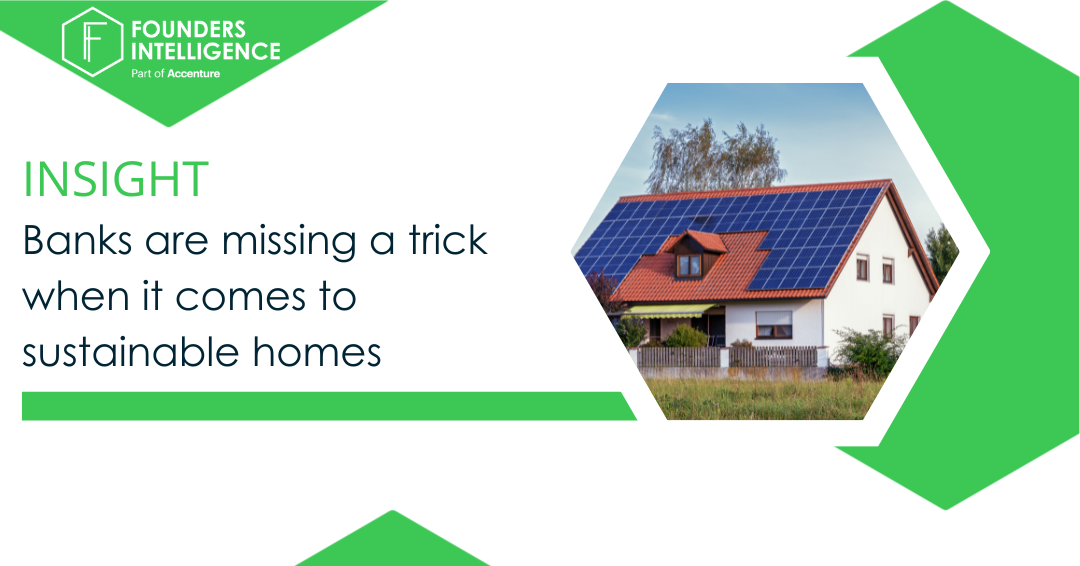Three things we’re excited about for 2022
If you thought 2021 was crazy, just wait for 2022. The internet is on the verge of another era and climate change is forcing everyone to fundamentally rethink value chains. So what do we think is going to shift the needle this year?
Well, we’re especially excited about Web3, the Metaverse and Climate Tech…
Web3 and Decentralisation
Network effects have driven the centralisation of the Internet: we all access and use the internet mainly through platforms owned by the biggest internet companies. While users and creators have benefitted from this form of centralisation for a long time, i.e. by leveraging the main platforms to reach a large audience, centralisation has reached a tipping point. Platforms focus on extracting value from their users at the expense of the user experience and creators cannot reap all the benefits from their work and are starting to look for better incentives elsewhere.

Enter web3: a version of the internet that decentralises ownership and shares economic rewards, in many cases by using blockchain technology. While crypto enthusiasts have dreamed of a decentralised version of the internet for years, the movement has gained a lot of traction in 2021 and is likely to grow exponentially in 2022. Global blockchain funding soared in 2021 to over $15bn, compared with $3.1bn in 2020. With more dedicated blockchain funds, e.g. the ($2.5bn fund of Coinbase founder Fred Ersham), we expect an even bigger year in 2022.
This push for more decentralisation is putting pressure on platform businesses that have benefitted massively from centralisation over the last decade (aka Big Tech). Platforms are already reacting by starting to pay creators handsomely and building more creator friendly environments. Twitter has gone a step further and started to experiment with blockchains and cryptocurrencies to incentivise top users.
Meanwhile, the NFT space made possible by blockchain technology is getting a lot of attention from corporates like Adidas (selling more than $20m+ in NFTs), Nike, Ferrari and Lamborghini. And big TelCos are looking to support on the infrastructure layer (e.g. Deutsche Telekom backing blockchain network Polkadot).
So what? It’s early days in Web3 and there’s a lot of noise. While some of the NFT projects might appear a bit gimmicky, they do already generate very real revenue for some of the biggest brands and serve a real purpose for tradability and in the (wait for it) Metaverse. We expect the Web3 movement to pick up steam in 2022 and more ambitious projects will see real traction: from projects looking to replace centralised platform businesses (e.g. Audius
looking to built a decentralised Spotify), to wallets & DeFi interfaces (e.g. MetaMask), to the infrastructure layer (e.g. Solana, Polkadot). Meanwhile, some of the hot air will be let out from hype-y NFT ‘drops’. Corporates need to understand where they fit in, how to engage and how to support the evolution of this new version of the web. Web2 took about a decade to truly disrupt the old economy, but expect more rapid adoption cycles this time around. Moving fast is more important than ever.
Brave new Metaverse
Similar to Web3, the Metaverse is all about building a next version of the internet, or more precisely, how we experience and access the internet. First, we accessed the internet through desktops, then mobile and now the next evolution looks to be the Metaverse, a more immersive virtual world. Metaverses already exist, mostly in gaming environments like Roblox, Decentraland or Sandbox and these environments are increasingly being used for social interactions like concerts (Justin Bieber perfomed in an interactive virtual experience), events or trying on new clothes (e.g. in Nikeland
on Roblox).
We expect 2022 to be the year where the adoption of AR/VR devices and wearables will start to take off. Adoption cycles could be quicker than any other we’ve seen before (the Oculus Quest gets you started for $250, much cheaper than the first iPhone). However, most users will probably still access the various Metaverses through desktop or mobile devices in 2022, facilitated by AirPods and the like.
And what are the next use cases for the Metaverse? We expect remote working and meetings to be one of the main drivers of adoption, with companies buying up headsets for their staff (Accenture ordered 60,000 Oculus Quests in 2021). Microsoft also sees work as the biggest use case for the Metaverse (a great read on this here launched
a $150m fund for this space), and just wait till 5G becomes a thing – low latency will enable remote medical operations and real-time, high-precision remote collaboration, both with people and with robotic devices. Location will become less and less critical to accessing skills.
So what? ‘The Metaverse’ is not a revolution but a natural evolution from social media platforms to a more immersive form. What’s truly exciting about the Metaverse is that it will not be built or owned by only a handful of companies (unlike social media platforms), and interoperability and portability is highly likely over the long-term. In fact, the real estate and assets on the Metaverse can be owned by anybody (and companies like Adidas and PWC are starting to buy up actual real estate on Sandbox). No matter what sector you’re in, just like you need a social media presence and a strategy on how to attract and retain an audience on social media platforms, you need to be present and active in these new immersive worlds. And there’s an opportunity to actively participate and shape the new economies that are starting to develop in these new worlds.

Climate Tech aka the business case for saving the world
While Metaverse creators are busy building new virtual worlds, our real world is in an increasingly desperate situation. The good news is that there’s a consensus that we have to transition to a net-zero economy as soon as possible. The urgency and the pressure that’s put on by consumers and governments forces everyone to act now. This means adoption cycles from R&D labs to widespread adoption will be incredibly short for any technology that can prove it works. A fantastic opportunity for anyone who wants to invest in the next trillion dollar company but doesn’t want to wait 20 years.
It is possible that the next trillion dollar company will have been born in the years 2020 – 2022 and will reach the trillion dollar mark by the end of the decade, at the expense of anyone who fails to either innovate or adopt fast enough. This company could be in energy (e.g. TWAICE, analytics software for battery lifecycles), food & agriculture (e.g. Infarm, a global network of urban farms), mobility (e.g. Envio, smart building solutions) etc.
While the bigger financing rounds in Climate Tech in 2021 were going into the energy space (e.g. green battery company Northvolt, backed by BMW, Scania, Volkswagen, Vattenfall and others), there’ll be more and bigger funding rounds in all areas across the value chain, from materials, supply chain and distribution, operations all the way to the consumer. And the biggest opportunities will be for vertically integrated companies that oversee the entire value chain, as they can invest in and deploy new, greener solutions across the full stack.
So what? Engaging with the Climate Tech ecosystem is both a responsibility as well as an incredible opportunity for large corporates. The responsibility is to help Climate Tech solutions scale rapidly, and that includes identifying it early, piloting it and then helping it scale. This is necessary to get to net zero. The opportunity is to either build or partner with a potential multi-billion dollar business before your competitors do, as everyone is desperate to find solutions that work. This space is evolving fast, with new and bigger funding rounds happening on a daily basis. It’s important to keep track of what’s out there, find new technologies while they’re still in the lab (e.g. by engaging with universities) while at the same time looking internally to see what assets can be leveraged to build your own solutions to get to net zero.

2022 is going to be exciting
So you might detect we’re pretty optimistic and excited to roll into 2022. The internet is on the verge of accessing another era with the potential to change power dynamics and create a whole new experience for everyone.
But it might not be a walk in the park. The world is rife with challenges that could set all this back another year (or three): a deeper pandemic, dealing with the economic repercussions of the last few years, the climate crisis, the changing international order.
While a new digital era is exciting, focusing on solving the challenges needs to be priority number one. Meanwhile, see you in the Metaverse for some DeFi carbon futures trading (or something like that).
Happy New Year!




